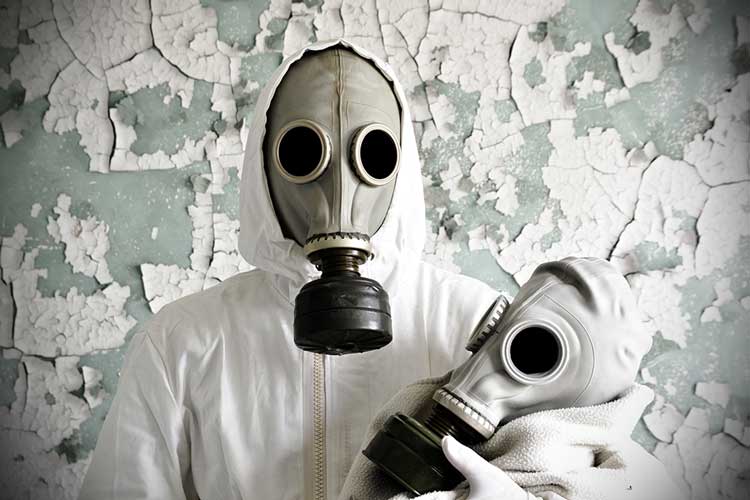Protecting Your Family from Lead Paint Exposure
Last updated May 2025

In 1978 the federal government banned the use of lead-based paint in homes after long-term studies showed that lead causes severe health problems, especially in children under age six, damaging their nervous systems even before birth. Although lead paint is off the market, millions of homes still contain this potential toxin. If it’s in good condition, lead-based paint probably isn’t a hazard, but scraping and sanding changes that. The dust produced by renovation work can be very harmful.
Because of these dangers, U.S. Environmental Protection Agency (EPA) rules require contractors working in pre-1978 homes to be lead-safe certified and use special work practices to contain and clean up dust. Companies become certified by applying to the EPA (or an EPA-authorized state agency) and having their workers or supervisors take a course on work practices to minimize exposure to lead during projects.
Even small projects are covered by the law, which kicks in when more than six square feet of painted surface inside or 20 square feet outside are disturbed. The rule also applies to landlords who renovate rental properties, but it doesn’t apply to DIYers—although you’ll obviously want to protect anyone who enters your home from exposure to lead-based paint.
Unfortunately, many contractors don’t do what they should. If you live in a pre-1978 home, we urge you to hire only lead-safe certified contractors and demand that workers follow the law. In any contracts you sign, include a statement saying that the contractor “will follow EPA regulations for containing the work area and minimizing the generation of lead-paint dust.”
To evaluate the risks of lead-based paint in your home, do the following:
- Have your children tested. According to the American Academy of Pediatrics, “There is no safe level of lead exposure in children.” All children should be screened for lead at ages one and two. Check with the Centers for Disease Control and Prevention (CDC) for information on childhood lead poisoning prevention.
- If a blood test indicates your child has been exposed to lead, get a lead-certified professional to check your home. That inspection will indicate only the lead content of painted surfaces—not if they are a hazard or how to deal with them. A risk assessment, conducted by a certified inspector, will indicate sources of serious lead exposure and ways to eliminate them. The risk assessment is thorough and expensive—about $500 plus around $10 to $15 per lab sample—but if your child has been exposed, you need to eliminate additional exposure.
- If your home was built before 1978, ask contractors to show proof of their lead-safe certification.
The tasks a contractor—or you, the DIYer—should do to minimize lead exposure depend on the type of work, but in general:
- Women who could possibly be pregnant and children should stay out of work areas.
- Identify in advance any surfaces that might contain lead-based paint that could be disturbed while work is performed. Unless necessary, avoid disturbing these surfaces by sanding, scraping, or cutting.
- Seal off rooms where work is performed from the rest of the home.
- Workers should wear protective clothing, including respirators.
- Properly dispose of all waste generated during the work.
- Power tools used to sand or sandblast should be equipped with shrouds and HEPA-filtered vacuum attachments.
- After completion of work, thoroughly vacuum and clean all surfaces. After cleanup, test to determine if cleanup was adequate.

